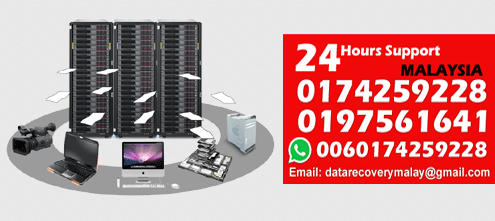Data Backup Malaysia
MALAYSIA SECURE DATA PROTECTION AND BACKUPSmart Data Recovery Malaysia, We can backup data from any type of data storage . Our main aim is 100% safety and customer satisfaction .We can backup the data very securely. We continually improve our technology for corporate companies lose valuable data because of viruses, hacking, hardware failure, theft or other issues. You can safe the data 100% Secure and guarantee with smart data recovery. The only one scratched proof data safe and disaster backup company in malaysia

WHY? THE DATA BACKUP IMPORTANT!:
data loss costs businesses billions. If The Data not secured from Natural disasters, even human mistakes, more than 50% of smaller businesses never recover from data loss and not affordable data recovery expenses. For corporate companies, loosing data that affects customers and employees can be overcome
DATA BACKUP MALAYSIA:
SERVER
NAS STORAGE
NETWORK DRIVES
EXTERNAL DRIVES
LAPTOP
DESKTOP COMPUTER
VIRUS PROTECTION
LOST DATA RECOVERY
DELETED DATA RECOVERY
ENCRYPTED DATA RECOVERY
CNC COMPUTER BACKUP
DATABASE DATA BACKUP